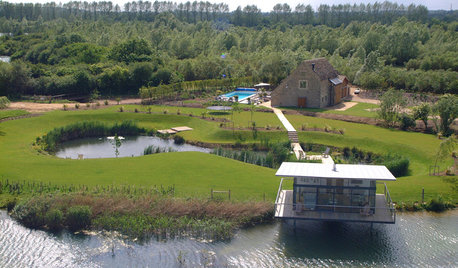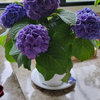No New Growth...I think
LisaG.123
11 years ago
Related Stories

KIDS’ SPACESGuest Picks: Fun and Functional Growth Charts
Track your child's growth with one of these 20 artful charts
Full Story0

REMODELING GUIDESNew Home Renovation Study Paints Positive Growth Picture
More than two-thirds of industry professionals say 2014 was a good year and 2015 is looking hopeful
Full Story
GARDENING GUIDESNew Ways to Think About All That Mulch in the Garden
Before you go making a mountain out of a mulch hill, learn the facts about what your plants and soil really want
Full Story
MODERN ARCHITECTUREHouzz Tour: Creative Thinking Yields a Lakefront 'Living Room'
Careful planning leads to a new structure and location for a stellar view
Full Story
ARCHITECTUREThink Like an Architect: How to Pass a Design Review
Up the chances a review board will approve your design with these time-tested strategies from an architect
Full Story
PETSSo You're Thinking About Getting a Dog
Prepare yourself for the realities of training, cost and the impact that lovable pooch might have on your house
Full Story
MODERN ARCHITECTUREBuilding on a Budget? Think ‘Unfitted’
Prefab buildings and commercial fittings help cut the cost of housing and give you a space that’s more flexible
Full StorySponsored
Industry Leading Interior Designers & Decorators in Franklin County
More Discussions










luis_pr
Related Professionals
Glen Ellyn Landscape Architects & Landscape Designers · Harrison Landscape Architects & Landscape Designers · Kyle Landscape Architects & Landscape Designers · Winder Landscape Architects & Landscape Designers · Peabody Landscape Contractors · Addison Landscape Contractors · Bowie Landscape Contractors · Canby Landscape Contractors · East Haven Landscape Contractors · Fort Worth Landscape Contractors · Haverhill Landscape Contractors · North Potomac Landscape Contractors · Winchester Landscape Contractors · Palos Hills Landscape Contractors · Camp Springs Siding & Exteriors